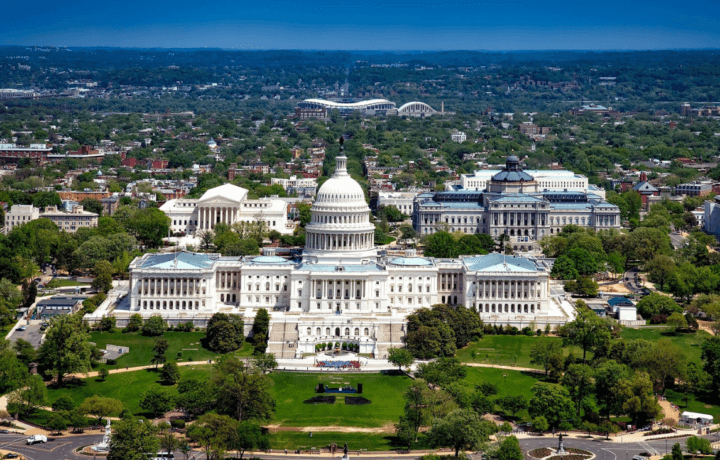No one would accuse the federal government of moving at lightening speed. There’s a process for everything, and that takes time. But we all know that the longer it takes to fill an open position, the bigger the strain it is on everyone else. Coworkers pick up the slack, but in the federal government, with so many political appointments to fill, the gaps in the workforce create a threat for national security. Partnership for Public Service studied the data for past and current presidential transitions, and they found chronic delays in the nomination and confirmation process. Specifically, when it comes to key national security positions including undersecretaries and administrators, the process has taken an average of 157 days to be nominated and 81 days to be confirmed.
Reasons for Slow Response to Filling Key National Security Positions
Valerie Smith Boyd, Director for the Center for Presidential Transition shared in an email to ClearanceJobs, “Everyone agrees that new presidents need their national security teams in place quickly, for the safety of the country – but it’s increasingly hard for presidents of any party to prepare candidates for nomination and for the Senate to confirm them.”
Partnership for Public Service provides two reasons for the slowness in filling key national security positions.
1. Delays in Nominating Officials
While most administrations have moved forward as quickly as possible with Cabinet secretaries, lower-level positions faced more challenges. The past four administrations took an average of 64 days to nominate deputy secretaries. And then nominating individuals for undersecretary and administrator roles took 157 days. While officials serving as holdovers is possible, it’s been less like in recent years. Without someone in a key role, desks have sat empty far longer in national security that is prudent.
2. Senate Confirmation too Slow
The nomination is only half of the process. Whoever the new president nominates, the senate has to confirm. And according to the data, that piece needs to speed up. The Partnership for Public Service says that this process now takes twice as long as it did in the 1980s. Average time for the Senate to confirm a deputy secretary in national security roles is 46 days. The average time for undersecretaries and administrators is 81 days.
Boyd shared with ClearanceJobs, “There are so many positions requiring Senate confirmation that it’s mathematically impossible to confirm them in a President’s first year – and the huge volume prevents even the most important positions from getting filled quickly.”
Empty Desks Increases Threats in National Security
Even more alarming than the slow nomination and confirmation process is the desks that remain empty in national security. The Partnership for Public Service reports, ” Since 2000, 13 of these 46 national security positions had no Senate-confirmed official for more than two years.” Later they explain, “…the length of time without a confirmed official in place introduces capacity and authority gaps, places a significant burden on acting officials who may be filling multiple roles, and prevents the sort of agility and long-range planning necessary to important national security activities.”
The Partnership for Public Service acknowledges that a lot needs to be done to eliminate this problem – from eliminating some roles to removing Senate confirmation where unnecessary. But, they argue that with threats in Ukraine and all around the world, doing nothing isn’t an option. The full report can be found on their website.




